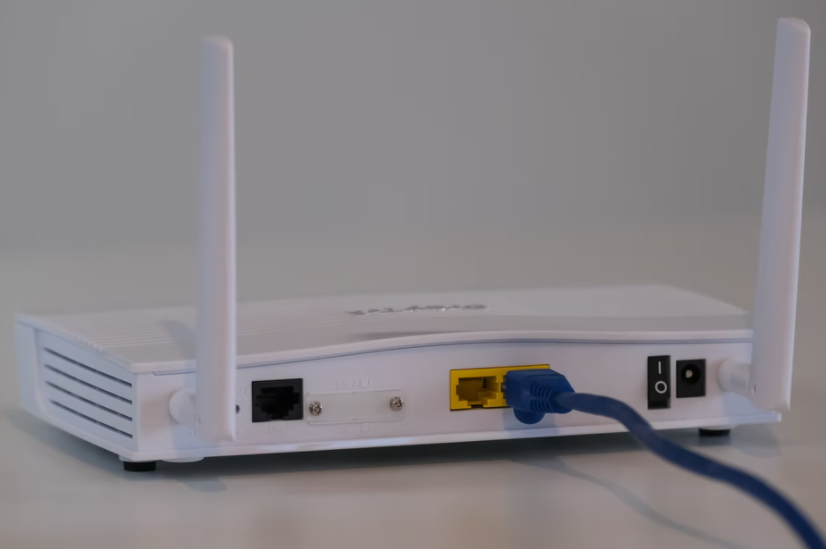Your WiFi router may not always cover every corner of your home!
 Photos by: Unsplash
Photos by: Unsplash
Dead spots are a common problem in all households. These are the regions where the WiFi signal is losing strength or becoming extremely slow. Elements such as doors and walls can affect your signal strength as the distance from your Wi-Fi router increases. If you've recently opened your laptop to complete an office presentation or turned on your smart TV to watch the latest episode of Money Heist, only to find that your device was has no WiFi signal, then you've come to the right place. Today we're going to fix that problem so you can enjoy the unbridled Internet on every corner of your home.
Router positioning
The router should ideally be positioned in the middle of your home. Usually people place their router on an outside wall, but this may not produce effective results despite a simple set-up process. Rather, you can look for an entertainment unit or a bookcase. Cabinets must be avoided at all costs as doors and walls tend to degrade signal quality. A hard-wired one Connection to an electrical outlet is required for your cable. While this can take a considerable amount of planning and labor, proper router positioning can certainly help you gain brownie points against dropped signals and dead spots. This option is ideal for homes with a limited number of devices trying to access the network.

Router configuration
Routers often adjust their WLAN output power automatically. You need to make sure it is set to 100%. This can be done very easily via online access to the system settings. As each router is different from the other, it is a good idea to read the manual before accessing it. After the output power has been set, make sure that all connected devices are using the same 802.11 protocol. Mixed mode operation is notorious for slowing down your router's performance. While this troubleshooting method requires some technical knowledge, it is a free and super easy fix to the deadlock problem.
Raise the antenna
Just pack the best router model offers with no upfront costs does not guarantee a smooth process. You must ensure the best performance by placing the router's antenna vertically, not horizontally. If your poor signal strength problem is not resolved, you can upgrade your router antenna. Here you can choose between an omnidirectional and a directional antenna. The first guarantees 360-degree coverage so connections can be made from all directions. The second focuses signal strength in one direction by extending the range of your network to a specific point. If the problem persists, you can opt for signal boosters. While this is an inexpensive option, not all antennas are removable.

last words
A Wi-Fi dead center technically refers to the areas of our home that are not receiving a Wi-Fi signal. These dead spots can be easily spotted through walking around with you iphone or other smart devices such as tablets or laptops that work with the Broadband. Usually your device will lose the signal once you hit the dead end. There are many ways out of this Problem with no wifi signal. However, you need to choose the one that suits your needs. First of all, you need to consider the number of users and devices that are likely to access the network. If your area is very large, you may need off-the-shelf equipment to service all of the dead zones at once.




